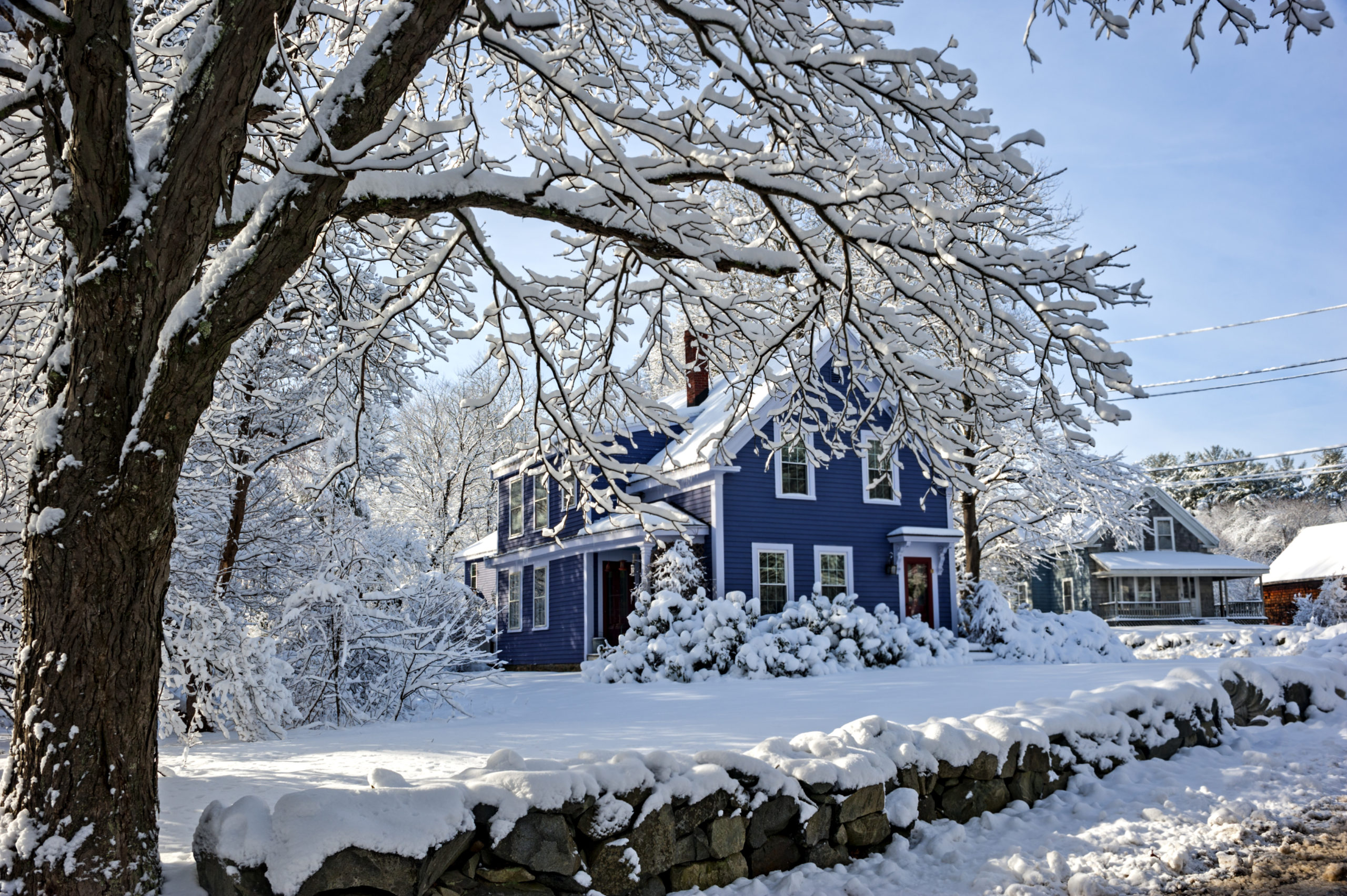Winter Weather in the Northeast: Staying Powered Up Through February
Posted by Kristopher Schwind

Winters are, simply put, tough in the Northeast. Snowstorms, ice storms, and dangerously low temperatures—all of which can easily cause a power outage—are all too common.
Just a few months ago, an early-winter snow storm caused more than 400,000 power outages in the Northeast and New England. Then, just last week, a polar vortex swept through the Midwest and Northeast, threatening to break low temperature records originally set in the 1800s. Over 36,000 Illinois residents were left without power, as well as 13,000 in Indiana and 8,000 in Wisconsin.
With February here, we’re officially in the dead of winter—and, arguably, in the Northeast’s worst winter month.
Because of this, it’s important to ensure that your home or business is adequately powered up to prevent risking the harm and safety of your loved ones and/or employees, should a power outage occur.
Before exploring the role of emergency backup power supplies when preparing for the winter weather, let’s first take a look at how the Northeast has fared through February in the past.
Winter Weather in the Northeast: A Closer Look at February
Historically, the month of February has proven to be especially taxing for those living in the Northeast.
Six years ago, Winter Storm Nemo (aka the Early February 2013 North American blizzard) hit the Northeastern U.S. and parts of Canada, causing heavy snowfall and hurricane-force winds—and ultimately, widespread power outages. Estimates from utility companies across nine states reveal that roughly 700,000 customers were without power—some for days, even.
Connecticut was hit particularly hard, receiving the highest snow falls of all nine states. One area was even recorded to have received 40 inches! Conditions were so bad that the entire state was declared in a state of emergency.
A few years prior to Nemo, in early February 2010, a major winter storm hit the U.S. Mid-Atlantic region, causing widespread power outages across Baltimore and Washington Metropolitan areas.
Finally, a more historic but just as valid example is the Blizzard of 1978, one of the worst storms in winter weather history. The storm struck New England, New Jersey, and New York in early February for three days, leaving hundreds of thousands of homes and businesses without power.
These are only a few examples of some of the most devastating storms that have taken a toll on and resulted in power outages in the Northeast. In fact, many of the worst winter storms in U.S. history have taken place in the Northeast.
Careful Considerations for Colder Temperatures
While the snow and sleet brought by Northeastern winter storms are certainly a force to be reckoned with, they aren’t the only elements that cause power outages. Cold weather can actually cause them, too.
Next to the Northwestern U.S., the Northeast experiences some of the coldest temperatures—sometimes, even the coldest. In February 2015, for example, just two years after Winter Storm Nemo, the Northeast experienced one of the coldest on record. For some major cities, such as Syracuse, New York, it was also the coldest month in history since records began.
If you’re not familiar with the ins and outs of electricity, you might be wondering how or why power could go out when it’s just cold outside.
The truth is that power systems become vulnerable in extreme weather and temperatures. Electrical systems consist of thousands of components—with a lot of moving parts—that work best when they operate in their designated temperature and moisture/humidity ranges. As power systems age, though, they may not operate well in extreme conditions, resulting in a power outage.
That’s where emergency backup power supplies come into play.
Preparing to Fare Winter Weather This February
Preparation is key to most everything—especially when it comes to power outages.
Power outages not only cost commercial and residential properties money, but in some cases, they can cost human lives. That’s why it’s essential to have emergency backup power supplies—and more importantly, the right ones.
Most homes and businesses need more than battery power to serve their needs during an outage—especially when weather conditions are harsh and temperatures frightfully low. That’s why many homeowners and businesses alike rely on standby generators to keep the power running when they need it most.
For many, the next question is often whether a standby generator or an emergency generator is the best way to go. To make your most informed decision, it can help to know the difference between the two.
Backup, or portable, generators, are temporary installations. Here’s what you need to know:
- Backup generators are designed to provide temporary power backup power as needed.
- They must be manually started/require on-site startup.
- Portable generators require the use of extension cords.
- They must be periodically refilled with gas.
Standby generators, on the other hand, are permanent installations. Here’s what you need to know:
- Standby generators are always standing by, ready to serve you in the event of an outage
- They start up automatically.
- Standby generators provide a reliable, steady source of power with little to no disruptions, for hours—even days—at a time.
Need help selecting the right generator for your home or business? Connect with us today for a free generator assessment, and one of our expert technicians will be happy to help make recommendations of the best generator for your unique needs.
Already have a generator? Be sure to conduct routine maintenance so it’s primed and ready to perform at any time. If you find yourself in the middle of a storm or outage, and need to check your generator, here are instructions for doing so safely:
Kristopher Schwind is the proud owner of National Standby Repair.
 24/7 EMERGENCY GENERATOR SERVICE
24/7 EMERGENCY GENERATOR SERVICE REQUEST A QUOTE
REQUEST A QUOTE
 (914) 734-1400
(914) 734-1400